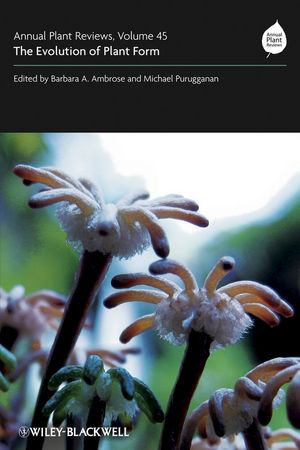

Most ebook files are in PDF format, so you can easily read them using various software such as Foxit Reader or directly on the Google Chrome browser.
Some ebook files are released by publishers in other formats such as .awz, .mobi, .epub, .fb2, etc. You may need to install specific software to read these formats on mobile/PC, such as Calibre.
Please read the tutorial at this link: https://ebookbell.com/faq
We offer FREE conversion to the popular formats you request; however, this may take some time. Therefore, right after payment, please email us, and we will try to provide the service as quickly as possible.
For some exceptional file formats or broken links (if any), please refrain from opening any disputes. Instead, email us first, and we will try to assist within a maximum of 6 hours.
EbookBell Team

4.8
34 reviewsThe Evolution of Plant Form is an exceptional new volume in Wiley-Blackwell’s highly successful and well established Annual Plant Reviews.
Written by recognised and respected researchers, this book delivers a comprehensive guide to the diverse range of scientific perspectives in land plant evolution, from morphological evolution to the studies of the mechanisms of evolutionary change and the tools with which they can be studied. This title distinguishes itself from others in plant evolution through its synthesis of these ideas, which then provides a framework for future studies and exciting new developments in this
field.
The first chapter explores the origins of the major morphological innovations in land plants and the following chapters provide an exciting, in depth analysis of the morphological evolution
of land plant groups including bryophytes, lycophytes, ferns, gymnosperms and angiosperms. The second half of the book focuses on evolutionary studies in land plants including genomics,
adaptation, development and phenotypic plasticity. The final chapter provides a summary and perspective for future studies in the evolution of plant form.
The Evolution of Plant Form provides essential information for plant scientists and evolutionary biologists. All libraries and research establishments, where biological and agricultural sciences are
studied and taught, will find this important work a vital addition to their shelves.